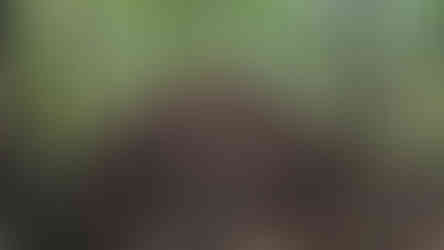Begging for Names: The Practice of Recognizing the Invisible
Current Project

Collaborator/s:
WETBEINGS Aukštumala ~ Arts, Science & Story Field Symposium
Lecture & Workshop
1 June 2025
Aukštumala Raised Bog: Birch forest and archeological site in the extraction fields
with:
Martyna Šulskutė (social anthropology PhD student, Vilnius University) with Baltoji samana - White Moss and Suza Husse (researcher, curator, Sensing Peat, Michael Succow Foundation. Greifswald) with Žaltys - Grass snake
EN: By the end of the 20th century, many of Lithuania's wetlands are drained and disappear from our sight, along with their names and memories. In this practice, we use collage-making as a form of time archaeology, layering fragments of memory, pieces from the past, and personal sensations. By sharing swamp stories, we try to resurrect names that might still live somewhere deep in the peat, in memory or a dream – and we ask ourselves: what does it mean if the swamps come back? Before we embark on this creative journey, we listen to the quiet voice of the history of the Baltoji Vokė peat bog – as a beginning, as an invitation to remember.
LT: Iki XX a. pabaigos, daugelis Lietuvos pelkių yra nusausinamos ir dingsta iš mūsų akiračio – kartu su jų vardais ir atmintimi. Šios praktikos metu mes naudojame koliažo kūrimą – tarsi laiko archeologiją, kur sluoksniuojame laiko nuotrupas, iškarpas iš praeities ir asmeninius pojūčius. Dalindamiesi pelkiškais pasakojimais, mes mėginame prikelti vardus, kurie galbūt dar gyvena kažkur giliai, gal durpėje, o gal sapne, ir klausiame savęs – ką reiškia, jei pelkės sugrįžta? Prieš leisdamiesi į šią kūrybinę kelionę, mes išgirstame tylų Baltosios Vokės durpyno istorijos balsą – kaip pradžią, kaip kvietimą prisiminti.
EN: In their exchange, Martyna Šulskutė (with Baltoji samana – White Moss) and Suza Husse (with Žaltys – Grass Snake) reflect on the entanglements of memory, landscape, and ecological loss. They speak about nameless lakes and abandoned peatlands in Lithuania, where fragments of ecosystems — reeds, frogs, mosses — continue to survive amid the scars of extraction. The discussion weaves together ideas of authorship and anonymity, suggesting new ways of naming that acknowledge once-known beings and ecologies rather than erasing them. Their dialogue highlights how silence, memory, and abandonment mark landscapes, and how these sites carry both histories of excavation and possibilities for reimagining relations with the more-than-human world.
Participants then engaged in hands-on collage practices, sharing swamp stories and exploring the histories embedded in the Baltoji Vokė peat bog. The session invited reflection on absence, memory, and ecological persistence, culminating in a collective meditation on what it might mean if these swamps—and the names and stories they hold—were to return. By the end, the workshop had transformed distant, silent landscapes into living, resonant spaces of memory, imagination, and ecological awareness.
LT: Savo pokalbyje Martyna Šulskutė (su Baltoji samana – White Moss) ir Suza Husse (su Žaltys – Grass Snake) reflektuoja apie atminties, kraštovaizdžio ir ekologinių praradimų susipynimus. Jos kalba apie bevardžius ežerus ir apleistas pelkes Lietuvoje, kur ekosistemų fragmentai – nendros, varlės, samanos – tęsia savo gyvybę tarp iškasimo žymių. Diskusija susieja autoriaus teisę ir anonimiškumą, siūlydama naujus vardų suteikimo būdus, kurie pripažintų anksčiau žinotus organizmus ir ekosistemas, o ne juos ištrintų. Dialogas pabrėžia, kaip tyluma, atmintis ir apleistumas žymi kraštovaizdžius, ir kaip šios vietos neša tiek iškasimų istorijas, tiek galimybes iš naujo įsivaizduoti santykius su daugiau nei žmogumi pasauliu.
Vėliau dalyviai įsitraukė į praktinius koliažo užsiėmimus, dalijosi pelkių istorijomis ir tyrinėjo Baltosios Vokės durpyno istorijas. Sesija skatino apmąstyti nebuvimą, atmintį ir ekologinį tvarumą, kulminuojant kolektyvine meditacija apie tai, ką reikštų, jei šios pelkės – ir vardai bei istorijos, kurias jos saugo – sugrįžtų. Pabaigoje dirbtuvės pavertė tolimus, tylinčius kraštovaizdžius gyvomis, rezonansinėmis atminties, vaizduotės ir ekologinės sąmonės erdvėmis.














